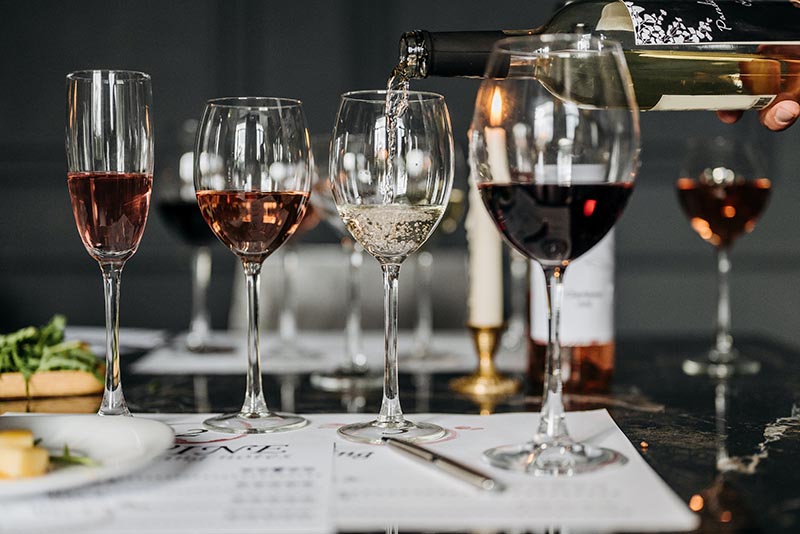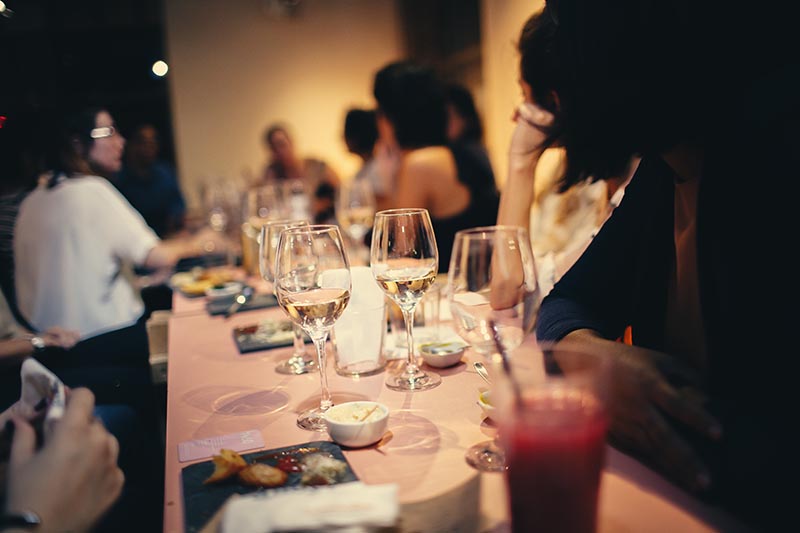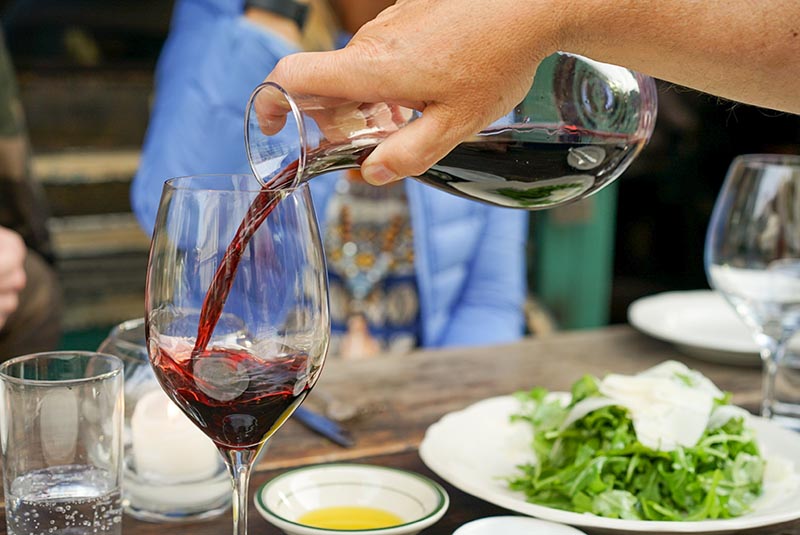Hi, wine lovers! How are you doing? In 2022 mode? I’m slowly getting used to it but I still find myself writing 2021… Then suddenly a day comes along when the reset is complete and what do you know? You’re magically writing the right year again.
I have news. Inspired by the new calendar and the rhythms of winter, which is so beautiful and cruel at the same time, I’ve decided to turn myself into a master of ceremonies: I’m going to organize my first wine tasting! Now, who knows how to taste wine?
OK, really it’s a kind a trial run: a game or rite of initiation. The idea is to celebrate my wonderful experiences in the world of wine thus far by exploring a few new bottles with my friends. I’d love for you to join us, but first let me share my notes.

How to taste a wine, let’s get down to it
For this gathering I’m going to buy a few bottles of Argentine wine. A Malbec from Mendoza; something classic from Luján de Cuyo to begin with, then a Cabernet Sauvignon from the Uco Valley; I’m told that the altitude brings out the character of the variety, and to begin a Torrontés from Salta where they say that its expression is at its most precise and defined. Of course, I didn’t choose them all on my own, I did plenty of research and consulted with Alex, the Cork Master.
Let me give a little background info before we get to the nitty gritty of how to taste a wine.
To start with, what is a wine tasting?
An experience in which different senses combine to help us appreciate all the different properties of a wine. We don’t just use our tastebuds: we also use our sight and sense of smell. Which is why it’s important to come prepared.
It’s a process, a path to perfection in which we immerse ourselves more and more in the qualities of the wine. You don’t have to be an expert but the more you know, the more you’ll be able to enjoy the experience.
As I’ve said before, in the world of wine, nothing happens by chance or in isolation. Just as the end result is determined by the type of soil, the wind, the rain and all kinds of climatic, regional and cultural factors, tastings also depend on physical and spatial elements. Remember this maxim: everything begins and ends with nature. So pay attention, my padawans…

Keep your senses alert
When taking part in a tasting, it’s important to stay alert and place yourself utterly at the wine’s disposition. It’s the star here: our special guest. So you need to follow a few rules beginning with the environment where the tasting is going to be held and the tools you’re going to use.
Here are a few tips about how to taste a wine: the place where you do it needs to be cool and well lit. It doesn’t have to be natural light but it should be ample. It’s also advisable that it be well ventilated so that the wines aren’t “contaminated” by external aromas and other factors. And this is absolutely key: you need a separate glass for each wine you’re going to taste.
Some time ago I wrote about choosing a nice set of glasses to enhance the virtues of our favorite drink. Of course, if you want to play it more relaxed, or you’re just starting out, you can just grab whichever glasses you have to hand and get to work.
However, if you want to do it more professionally, I recommend the “Afnor” model, a tulip-shaped crystal glass that helps to trap the wine’s aromas.

The wine, the star of the show
So, now that we’ve gone over everything you need for a tasting, shall we begin? It’s important that you serve the wine at the right temperature. As I’ve said plenty of times now, each style and variety has its own requirements.
A tasting is split into three stages: the visual stage, the olfactory stage and the tasting. The first is about close observation. You serve the wine until it has filled the widest part of the glass and very carefully tip the glass to wet the side and reveal its color.
The next step is to savor the aromas. You swirl the glass very gently to aerate the wine and release its fragrances. Then you delicately poke your nose into the glass and sniff.
How are you doing? Next comes the final step: tasting the wine. This is where everything comes together. Take a little sip and hold it in your mouth, moving the liquid from one side to the other as you identify the different flavors. I think there’s something magical about this moment, it’s when all the secrets of the wine are revealed. Which is why you should never do it in a hurry. Like a good book, it requires dedication and calm.
So, that was a brief guide to how to taste a wine. Of course, there’s still a lot to learn but it’s a good basis for us to play around with and build on. Remember: you can also sign up to virtual tastings.
Let me know if you’ve ever been to a tasting and how it went! And of course, if you do tag me and I’ll share it. I’m off to keep learning. Cheers!


